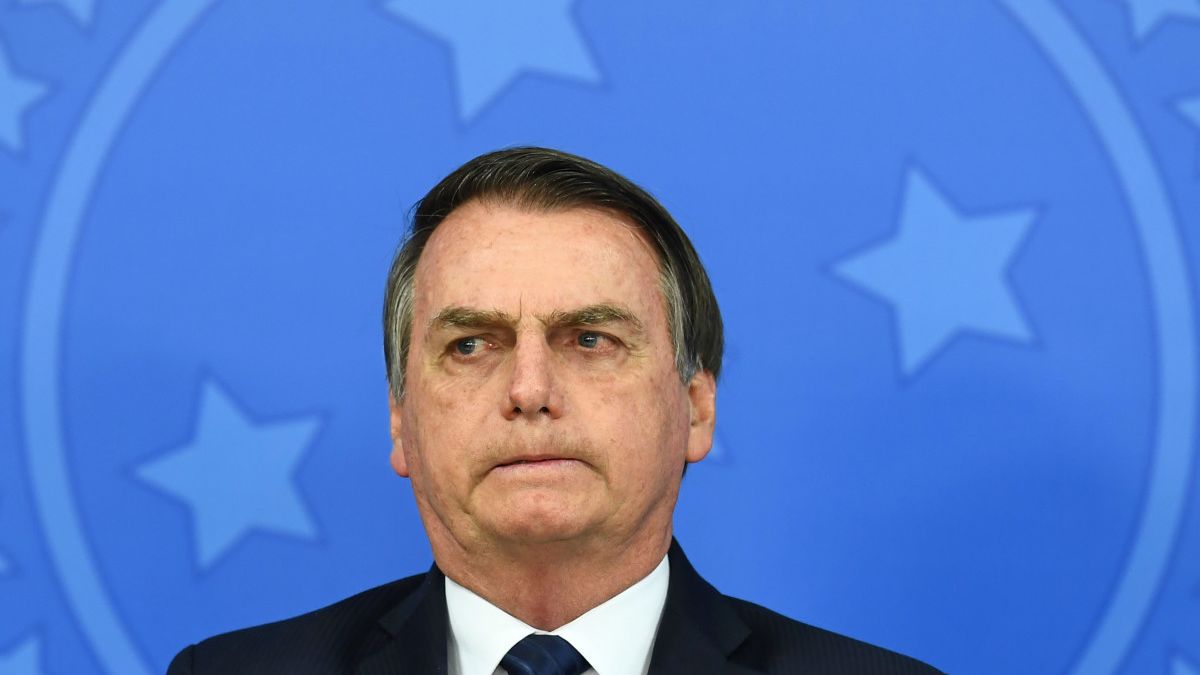The study authors (Kmetz, Shapiro and Wilson) acknowledge that the way in which households expect inflation to develop plays an important role in explaining the overall dynamics of inflation. They saw that household inflation expectations rose sharply over the past year, much faster than those of professional forecasters, and so analyzed whether news coverage could explain part of this growing gap.
According to these senior officials from the Research area of the San Francisco Fed, analysis of the volume and sentiment of the daily inflation news suggests that a quarter of the increased gap between household and professional expectations can be attributed to greater negative media coverage. Therefore, they conclude that the results obtained highlight the important impact of the content and tone of economic information on the real economy. Let’s see what they studied and how they explain it.
Inflation rose substantially after its pandemic low in the fall of 2020, reaching its highest level in 40 years during the winter of 2022 (in June the CPI peaked at 9.1% per annum). Research suggests this reflects a combination of pandemic-related supply bottlenecks, increased demand and supply disruptions for oil, natural gas and food products due to the war in Ukraine.
Along with this increase, professional forecasters raised their inflation outlook, expecting some degree of this elevated inflation to persist. But compared to professional forecasts, household expectations for future inflation grew even faster. “This gap has caused concern among policy makers because household inflation expectations play an important role in determining where future prices and wages actually go,” they warn, and consider that “one of the reasons why Because the two measures diverged, it may be that households digest different information than professionals when deriving their inflation outlook. In fact, Previous research, such as that of Bharat Trehan in 2011, has shown that household inflation expectations may be overly sensitive to goods, such as gasoline, with prices that are highly visible or noticeable.. This motivated the authors to examine the role of the media in bridging the gap between the inflation expectations of households and those of professional forecasters.
First, they show that there has been a surprising increase in the number of inflation news articles, as well as the negativity of these, in recent months. They then estimated the historical average effect of these news variables, controlling for the impact of other factors, such as changes in gasoline and food prices, on the gap between inflation expectations of households and professional forecasters. And they found that an increase in negative inflation news tends to skew household expectations away from professional forecasts, and vice versa. Furthermore, they found that higher volume and negativity of inflation news explain a quarter of the widening gap between household expectations and professional forecasts from June 2021 to June 2022.
(Continues tomorrow)
Source: Ambito




